TABC Habitat
Long Beach, California

WELCOME
At TABC, we’re proud to support Toyota’s bold vision—The Environmental Challenge 2050—a global commitment to creating positive value and eliminating negative environmental impacts.
Here in California, we turn that bold vision into impact by conserving water with smart drip irrigation systems and cultivating drought-tolerant native plants uniquely suited to our region. These thoughtful choices do more than preserve resources—they sustain local biodiversity and create essential habitat for pollinators, including butterflies, bees, and our local favorite: Anna’s Hummingbird, a beloved symbol of our ecosystem’s vitality.
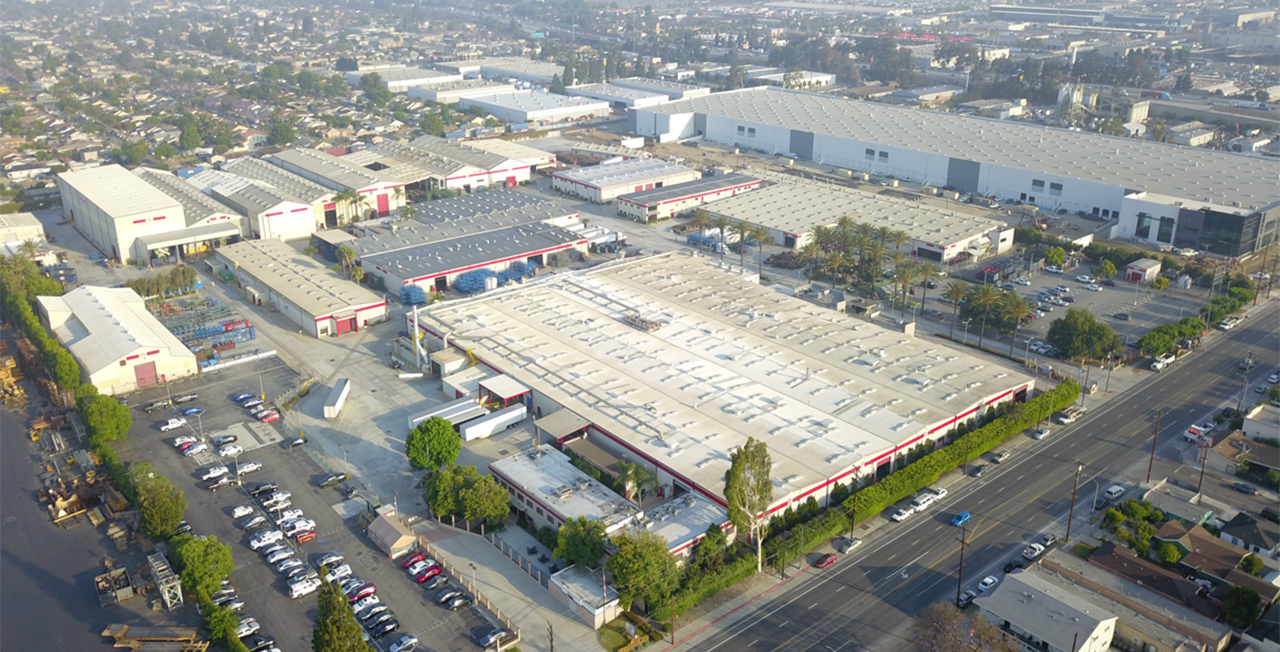
TABC’s Living Commitment to Nature
At TABC, sustainability starts from the ground up—literally. We recognize that every organization has a role to play in reversing nature loss and protecting the planet’s rich biodiversity. That’s why we’re aligning our efforts across North America to ensure no net loss of biodiversity and respect for protected areas and species.
Locally, we took a bold step to reimagine our own backyard. Our site underwent a full-scale landscape transformation—replacing manicured lawns and overgrown beds with native, drought-resistant plants designed to thrive in our climate. We introduced efficient drip irrigation, upgraded fencing and signage, and created enhanced outdoor spaces where our Team Members can recharge and connect with nature.
One of the most meaningful additions? A dedicated memorial garden—a peaceful space that honors and remembers the Team Members who’ve made a lasting impact on our TABC family.
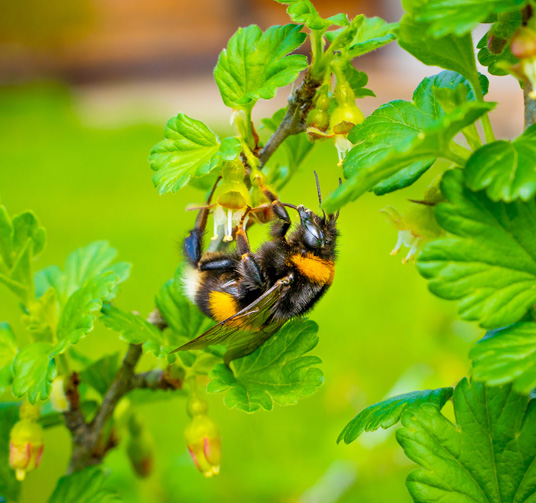
Pollinator Habitat in Action
Everything growing here was planted to attract and support vital pollinators like the Monarch butterfly, leaf-cutter bee, and our indicator species, Anna’s Hummingbird.
The flowers provide essential nectar and serve as larva beds for butterflies and other pollinators. Sage and other aromatic leafy plants deter pests and support healthy ecosystems.
Bees are among the most essential pollinators on Earth. They help fertilize nearly 75% of the world’s flowering plants…including nearly all of the crops that feed us. But in recent decades, their populations have taken a devastating hit due to habitat destruction, pesticide use, and climate change.
Gooseberries and currants, known by their Latin names Ribes speciosum and Ribes malvaceum, offer early-season nectar and serve as larval host plants for pollinators.
Planting Milkweed to Power Pollinators
Milkweed is the only plant that Monarchs will lay their eggs on, so we made sure to plant it everywhere! Here we have multiple varieties:
Asclepias specious, Showy Milkweed, with starburst pink blooms and great drought-tolerance.
Vestita, Woolly Milkweed, with pale yellow blooms in late spring and early summer.
Ericarpa, Woollypod Milkweed, thrives in tough, rocky soils with almost no water. This one has unusual flowers and super fuzzy leaves that pollinators love!
Multiple varieties of Sage, from Blue Sage to Hummingbird Sage, provide both nectar-rich flowers to feed pollinators and aromatic leafy plants that deter pests.
Together, these plants form a healthy, supportive ecosystem for pollinators to live. Pollinators, in turn, create a healthy planet for us.
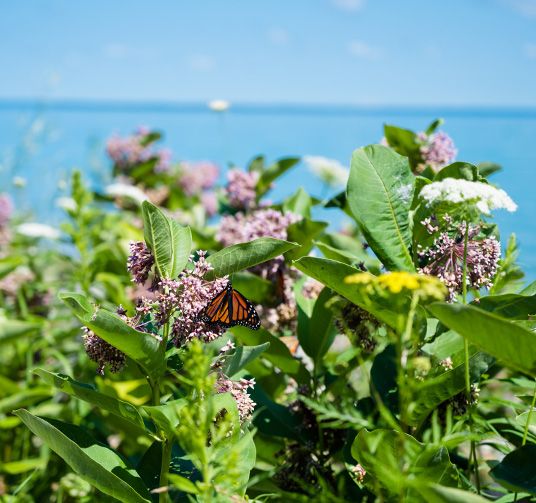
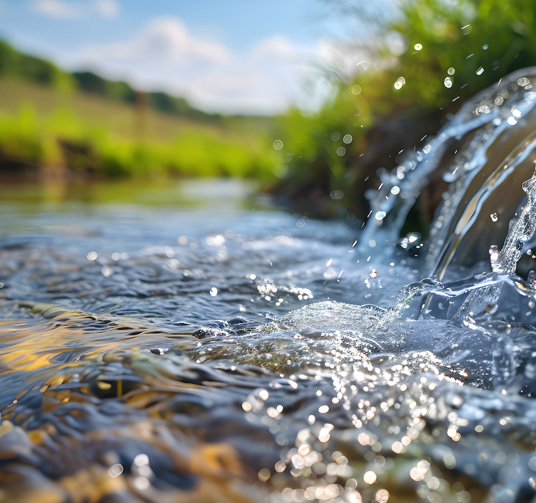
Every Drop Counts
Water conservation is especially critical at TABC, where we operate in a water-stressed region. Through thoughtful planting and sustainable practices, we’re making every drop count—today and for the future.
Drought-tolerant, California native plants were carefully selected not just for their beauty, but for their ecological value and water-saving superpowers.
Planting with Purpose
Asclepias fascicularis, or Narrowleaf Milkweed, is a vital host plant for Monarch butterflies. It supports local pollinators and thrives in dry conditions. Once established, it needs almost no water to grow and does exceptionally well in bright, hot sun.
Salvia mellifera, or Black Sage is known for its fragrant leaves and pale blue flowers. Black Sage is one of the most resilient native sages. It is perfectly suited for hot, dry summers and poor soils. Even in the harshest desert climates, it provides nectar and protection for pollinators.
With velvety, deep purple blooms and aromatic foliage, Trichostema lanatum, or Woolly Bluecurls are a showstopper in any garden. This plant is both fire-adapted and low-water, flourishing in even the most rugged conditions
Golden currant offers sweet nectar early in the season when food is scarce.
Purple sage and California fuchsia bloom brightly to feed bees and hummingbirds alike.
Silver lupine offers structure and cover, while coastal agave shelters native bees from heat and predators.
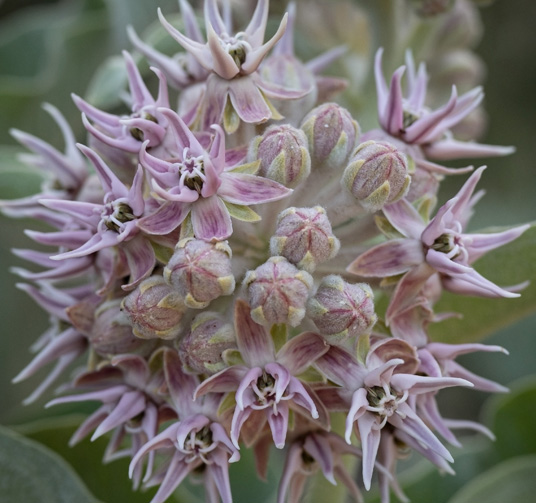
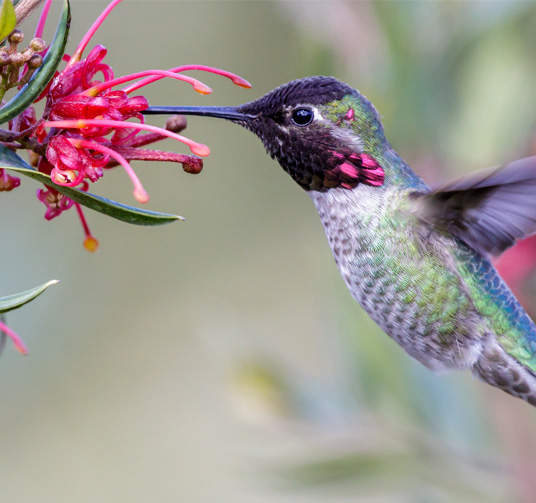
Anna’s Hummingbird
To meet Toyota’s biodiversity goals, we worked with Tandem Global to identify different plants and animals that act as “indicators” for the health of their local ecosystems. TABC’s indicator species is Anna’s Hummingbird.
Anna’s Hummingbirds are a powerful indicator of ecosystem health. Their presence means a rich variety of native flowering plants, soil health and water availability, and a bunch of other pollinators are all working in harmony.
This garden entices our sweet-beaked pollinators. Plus, Toyota works both smarter and harder to conserve water in and around our facilities. With smart irrigation and drought-resistant plants, we’re allowing science, sustainability, and hummingbird magic to overlap in one special place.
Choose Your Change
You can help protect pollinators and save water by planting natives at home. Look for species like these at local nurseries, native plant sales, or garden centers that specialize in drought-tolerant landscaping. Even a small pot can make an impact!
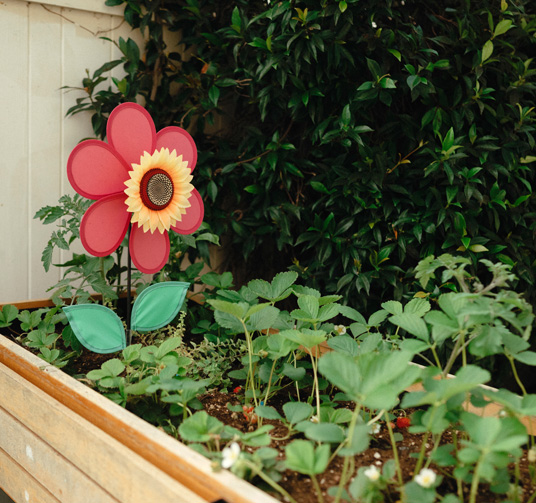

Toyota team members across North America participate in species protection projects as part of Wildlife Habitat Council® (WHC) certification programs. WHC helps us evaluate animal species on our sites and identify appropriate habitat creation and enhancement projects.